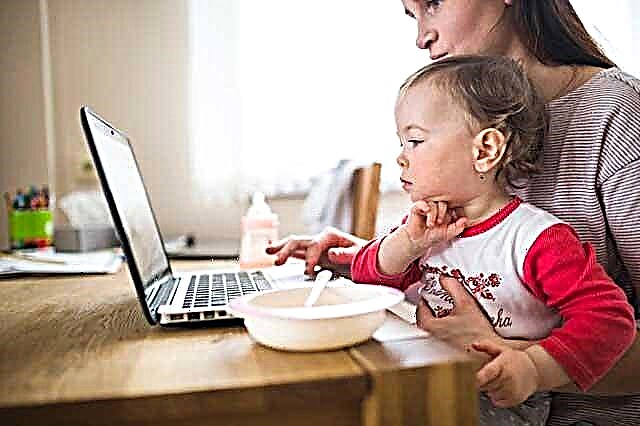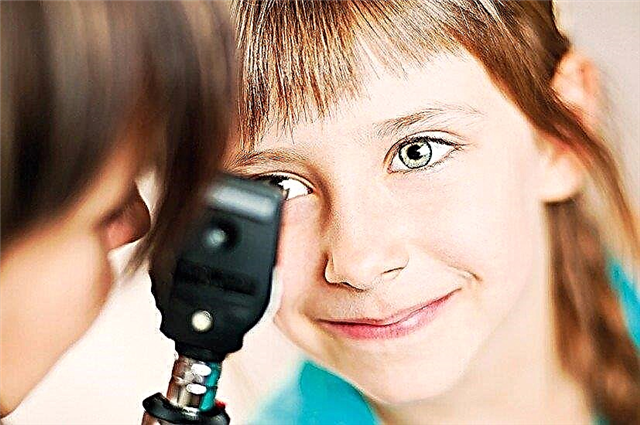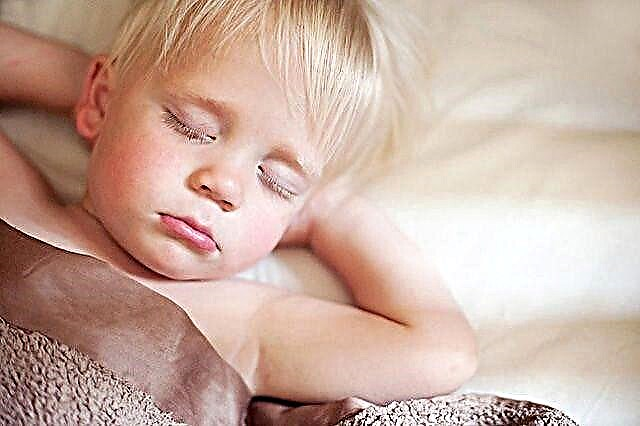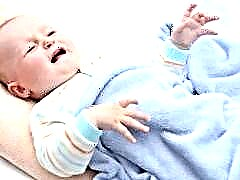
High temperature in children is dangerous precisely because seizures can develop against its background. Why this happens and what to do if a child has a convulsive syndrome, we will tell you in this article.
What it is
Seizures that develop at a temperature in a child are called febrile. This never happens to adults. Convulsive syndrome with heat is characteristic only of children and only at a certain age - from birth to 5-6 years. Doctors, based on the available statistics, estimate the risk of developing febrile seizures in one child with an illness associated with high fever, at about 5%. Of twenty babies, one has febrile convulsive syndrome.
If a child has had such seizures at least once, then the risk of recurrence of them again with fever and fever is approximately 30-35%. In boys, convulsions against a background of fever develop 2 times more often than in girls.
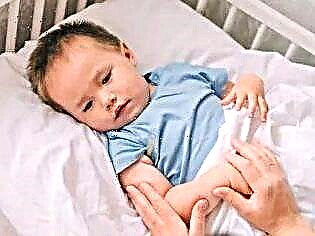
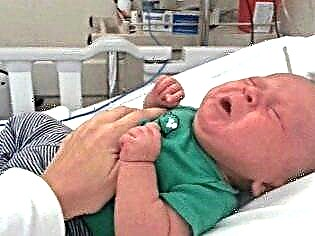
Development mechanism
Despite the fact that the phenomenon has been known for a long time and was described in detail in the middle of the twentieth century, the exact mechanisms that trigger convulsive syndrome at temperature remain unknown. The most likely version seems to be that the immature central nervous system due to age, against the background of general overheating of the body (hypothermia), begins to send erroneous impulses to the muscles. In fact, it looks like spasms and convulsions.
Temperature is considered dangerous above 38.0 degrees. Sometimes seizures appear at 37.8-37.9 degrees.
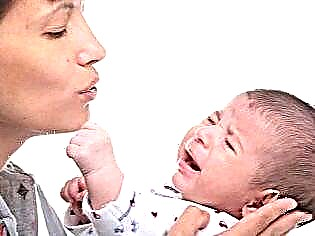
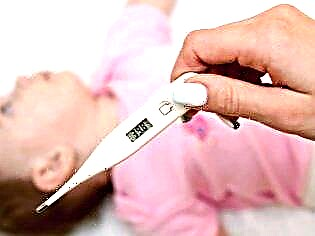
Causes
Quite often, the tendency to febrile seizures is inherited. If one of the parents had such symptoms in childhood, then with a high degree of probability they will manifest themselves during the illness and in the child. During fever, additional factors also influence the likelihood of seizures. According to scientists, the most likely causes are:
- viruses (with an acute viral infection, especially with herpesvirus type 6, which is called sudden exanthema, three-day fever or roseola rosea, as well as influenza and parainfluenza viruses);
- bacteria (with severe microbial inflammation of the respiratory and digestive organs);
- hypertrophied reaction of the child to cutting teeth;
- calcium deficiency in the body;
- dehydration due to high fever and vomiting or prolonged diarrhea;
- reaction to the DPT vaccine (rare).
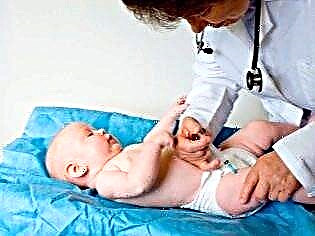
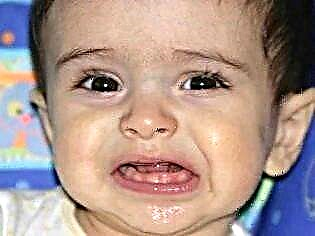
Symptoms and Signs
Do not assume that seizures threaten the baby as soon as his temperature rises. The danger lies in wait during the first days from the moment the temperature is set at febrile values or higher. A child may develop a seizure in one of two possible scenarios:
- convulsions are simple;
- convulsions are complex.
With simple convulsions, which are also called typical, convulsions shake the whole body evenly, all parts of the body are involved in them. The child loses consciousness. The convulsive syndrome lasts for about or slightly more than five, but not more than 15 minutes. When the child comes to his senses, he does not remember anything about the attack. Usually, such convulsions are single, and more, at least for the next day, do not recur.
Complex febrile seizures are called atypical seizures because their symptoms are completely different. Convulsions do not affect the entire body, usually only limbs or one half of the body. The attack lasts long enough - more than 15 minutes. Such convulsions may well recur up to several times during the day.
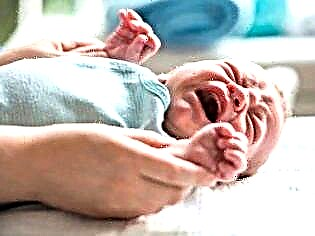
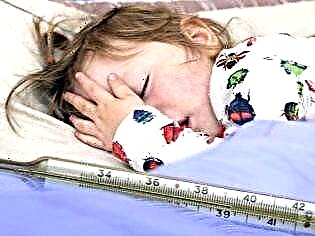
The most susceptible to this kind of syndrome at a temperature are children who have suffered birth trauma or have some damage to the central nervous system.
A febrile seizure always begins with a sudden loss of consciousness in the child. Then the arms and legs cramp, and only then the body. In this case, the child assumes a completely definite pose - with an arched back and his head thrown back.
The baby's skin turns pale in just minutes, the nasolabial triangle becomes bluish, sometimes dark circles under the eyes appear (especially often in children with light and thin skin). Symptoms do not go away at the same time, but in the opposite order - first, the skin turns pink, then the child takes a normal position lying horizontally, then the body relaxes and, last of all, the arms and legs. After the attack is over, the baby can be drowsy, lethargic, overwhelmed, apathetic for several hours.
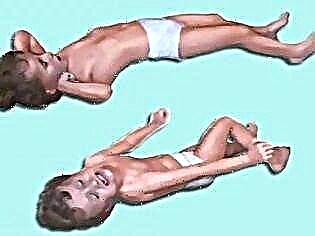
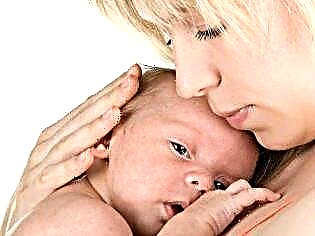
Effects
Febrile seizures scare parents because they look really intimidating. But convulsions are not so dangerous against a background of high temperature, as people who are far from medicine sometimes imagine. Convulsive syndrome, proceeding in a simple type, does not injure the brain, does not affect it and does not cause epilepsy in most cases, as was thought not so long ago. The risk of developing convulsive syndrome of an epileptic type after experienced febrile seizures is estimated by experts at 0.5-1.5%.
The only real unpleasant consequence is the likelihood of recurrence with this or subsequent disease, which will be associated with an increase in body temperature. However, you should not be particularly afraid of them - the child does not feel pain at the time of the attack, does not suffer. The same cannot be said for his parents. It is to them that doctors advise taking a sedative for preventive purposes. A child with a history of febrile convulsive syndrome does not need medication to prevent a new attack.
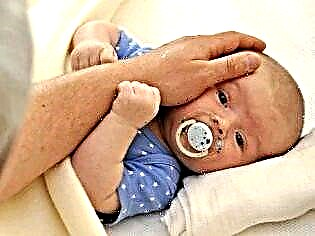
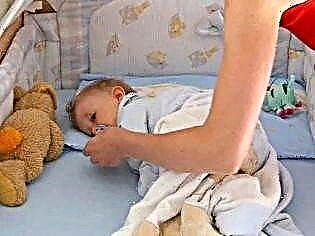
Modern scientists and doctors are inclined to believe that the appointment of anticonvulsants in this case is firing a cannon at sparrows. Side effects of such medications are much more harmful for a child than a seizure attack, which, by the way, is not a fact that it will happen again.
First aid
First aid for a child with febrile seizures is easy enough. The action algorithm is simple and straightforward:
- after the child loses consciousness quickly put into a lying position on its sideto exclude the ingestion of vomit, saliva, mucus, food debris, and stomach contents into the respiratory tract. The child's face should be turned down. Everyone has seen this pose, it is considered a universal pose of "saving the victim";
- everything sharp and potentially dangerous, from the point of view of possible injury, removed as far as possible from the place where the child lies;
- should definitely call an ambulance and time the attack to communicate this information to the arriving medical team;
- parents or first aiders are waiting for the doctor, should notice the most important details of well-being baby - does the baby have a reaction to light, sound, people around, how the limbs move during an attack. You need to try to remember everything in as much detail as possible or to shoot a video on a cell phone, this will greatly help the doctor quickly and correctly diagnose and exclude such dangerous pathologies as meningitis, encephalitis or epilepsy.
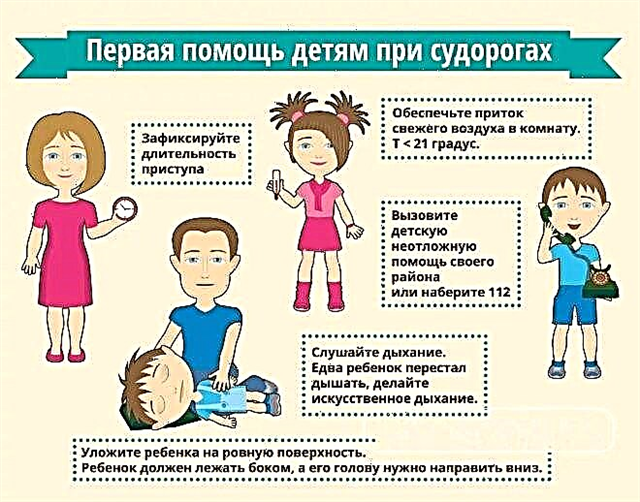
This is where first aid measures end. It should be remembered that in case of an attack of febrile convulsive syndrome, in no case should you try to wipe the child with cold vodka, put him in an ice bath or pour cold water on him, you should also not rub his skin with fatty substances. There is no benefit in this, but the harm is obvious.
From contact with a cold, overheated baby's body can react with vasospasm, and this is very dangerous. Fats - badger or other oil-based folk remedies - impede heat transfer, the child's condition worsens, the fever increases.
The greatest danger to the health of the baby is the popular popular opinion that during seizures, it is imperative to shove a spoon into the child's mouth and pull out the tongue.
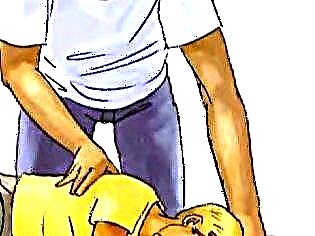
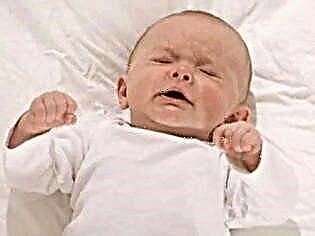
A lot of teeth, gums were damaged during such manipulations. There are even cases of jaw dislocations and fractures. Debris from teeth can enter the respiratory system and cause mechanical asphyxiation.
In principle, it is impossible to swallow your tongue! It doesn’t need to be proven, it’s just enough to remember once and for all. Keeping a child convulsing is also useless and quite traumatic. There is no point in artificial respiration, since the child continues to breathe on his own while he is unconscious.
In no case should all these actions be performed within the framework of first aid. It is also important not to let the child drink water or other liquids until the moment when consciousness returns to him in full. Otherwise, it may choke.
The following actions
The arriving ambulance team assesses the child's condition, asks relatives in detail about the nature and clinical picture of the convulsive attack. Parents of young children are offered hospitalization for a day. 24 hours - this time is more than enough for doctors to observe the little patient and make sure that the risk of a second attack is minimal. Also, in a hospital, doctors will be able to carry out the necessary diagnostics to calm mom and dad, who, in a few minutes of febrile seizures, have already decided that something terrible and difficult to cure has happened to the child.
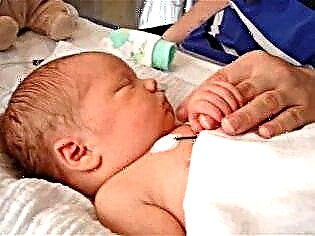

Prevention
It is almost impossible to prevent the development of febrile seizures. If there is a genetic predisposition to them, then neither doses of antipyretic drugs, nor constant temperature control will save. In children who were given "Paracetamol" every 3-4 hours at a temperature above 38.0 degrees, febrile convulsive syndrome was encountered with the same statistical frequency.
However, according to established practice, and this is more important for the parents, and not for the child, doctors advise to follow the readings of the thermometer and give remedies for temperature. This is much more beneficial for adults, as it helps them calm down and create vigorous activity around the patient.
The use of tranquilizers to prevent seizures, as was the case in the past for children affected by such a misfortune, has been recognized as inappropriate and harmful to the health of babies.
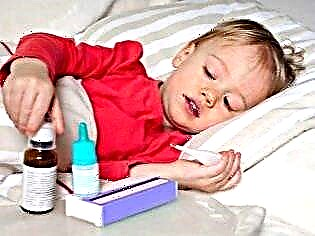
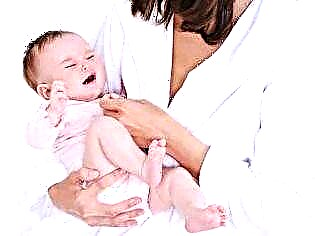
The best prevention is parental vigilance. If a child is sick and has a high fever, it is imperative to follow the doctor's recommendations, do not self-medicate, do not pour mustard into his socks and do not put cans. The doctor will prescribe the dose of antipyretic. Drinking plenty of fluids and bed rest are important until the temperature drops.
A toddler who has already suffered from febrile seizures needs tighter control. It is advisable to follow him even in a dream, so that the attack does not take anyone by surprise, and the baby can immediately receive first aid in full. You now know how to provide it.
For information on what seizures in children are, see the next video.

